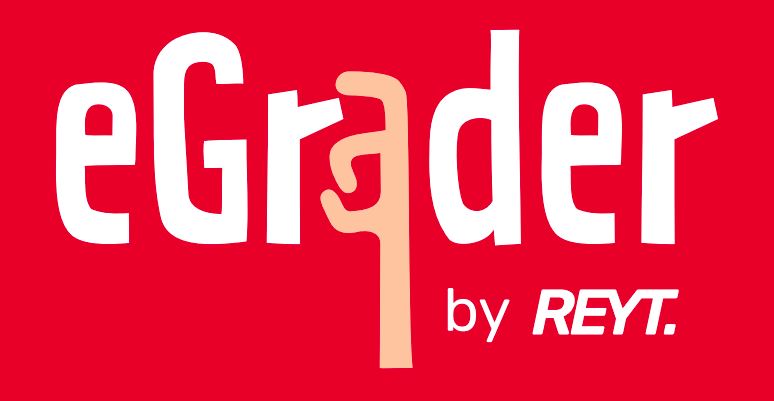A New Tool for Understanding the British E-Grade System
Developed by some of the U.K.'s top trad climbers to help linearize E grading, eGrader is a new website that determines the E grade of a route

Tom Randall, James Pearson, Neil Gresham, and Steve McClure have just released eGrader, a new website for determining the British E grade of a route. The site is simple. You enter a French sport grade, a subjective danger rating from a nine-point scale ranging from “Bolted Sport Climb” to “Extremely Dangerous”, choose “Yes” or “No” as to whether crash pads make the route safer, and then an E grade is returned.
The E grade system can be confusing to non-Brits. It combines both the physical difficulty and the level of danger of a route into a single metric. With this grading system, a route that’s dangerous but relatively physically easy could get a higher E grade than a route that’s physically difficult but safe.
With eGrader, you can really see how the danger of a route influences its E grade. For example, a 7a+ (5.12a) “Bolted Sport Climb” returns an E grade of Hard E4. If instead you choose a danger rating of “Runout”, the E grade changes to Hard E6. And if you choose the maximum danger rating of “Extremely Dangerous”, the E grade increases again, to Hard E8.
So why the need for this new tool? The French System and Yosemite Decimal System are linear. The difference in difficulty between a 5.11d (7a) and 5.12a (7a+), for example, is the same as the difference in difficulty between a 5.12d (7c) and 5.13a (7c+). The E grade system has been criticized in recent years for being non-linear, especially in the upper grades where a wide range of difficulty has become compressed into a small number of grades.
Randall and Pearson explained via Instagram why they and Gresham and McClure developed eGrader:
“Over the last 10 years we’ve had the distinct feeling that the E-Grade scale has become incredibly compressed at the top end. The hardest trad routes of the 90s were given E9, yet 30 years later the same grades are still almost the default for the hardest routes of today.
“Grading can be a highly emotive subject, and with the many different levels of complexity at play, it’s easy to get lost. With development in protection, padding, and belay tactics, it’s harder than ever to objectively asses danger, and with the general reaction to over/under-grading, erring on the side of caution has become common practice.
“Whilst sternly graded routes are not necessarily a problem, an unbalanced grade spectrum is. Without linear, logical progression, grades are meaningless.”
eGrader is likely to cause to some controversy and hopefully healthy discussion within the U.K. climbing community, as many higher-end climbs deserve a grade increase according the site. You can check out eGrader yourself here. It’s free to use. It’s quite fun to enter in the details of some of your favourite climbs to see what E grade they’d receive. It’s also interesting to consider how eGrader’s danger points scale (which ranges from 0 to 4) would translate to PG-13, R, and X ratings often used in combination with the Yosemite Decimal System numeric difficulty rating.




